This blog entry is really more a description of an event than an overall explanation of Mongolian food since the fact is that we had rather little of it. We were camping and cooking our own food through most of our travels through Mongolia and had only a few opportunities to try true Mongolian dishes when we stopped in towns for marketing.
That said, though, it's still clear that Mongolian food is all about meat, fat, and starch
. First of all there's the ubiquitous Tsuivaan, a dish of noodles with mutton so common that it is sometimes translated simply as "Mongolian Food". A second Mongolian delight is Khuushuur, deep fried turnovers filled with minced mutton. The third Mongolian meal staple and variation on the same theme is Buuz, steamed dumplings filled with minced mutton and onions, roughly the same dish known as Manti throughout Central Asia. Perhaps my restaurant meal in Mongolia was a minced yak steak with a side of mutton, potatoe, and carrot stew at a cafe in Moron. This may sound like great food, but at least it's cheap; most meals in market cafes set me back less than a dollar.
A second place to try Mongolian food is with families in the gers I visited on several occasions. Hospitality in Mongolia dictates that people give their guests salted tea with yak butter or even runny sheeps' milk yoghurt, but some of these delicacies led me to think twice about visiting people in their gers
.
Since we were cooking most of our own meals at camp we had to buy food at markets. But markets aren't all that easy to find in a country with almost no people and it was often three to four days between towns large enough to have a functioning market. In a carnivorous land like Mongolia there's no shortage of meat - mutton, goat, beef/yak, horse, and even camel, but finding decent produce is another story. I tended to stick to buying beef for my cook group dinners in Mongolia and through trial and error learned that with the addition of lots of tenderizing agents like vinegar and vodka even range-fed yak can be transformed into rather tasty pot roast.
Vanya agreed to take charge of cooking one night to make us all a traditional Mongolian meal. His cook group partners, though, were a bit concerned when he was secretive about his plans and all he bought at the market in Moron was some potatoes, carrots, and onions
. During the afternoon following our morning hike to Khorgo Volcano crater, Vanya asked me help out with dinner, a task that involved going down to the lake and collecting rounded river rocks of a specific size. "Are we going to eat these?" I asked. "You will see". Vanya then left for a while and arrived later on a motorcycle with a local man and carrying the main ingredient for a traditional Mongolian feast dish named Khorkhog, still alive and bleating.
Dinner preparations begin with the fleecy one being dispatched by the local man from whom Vanya bought the sheep. The slaughter is done in a typical Mongolian way that would seem to inflict greater pain than slitting its throat would but has the advantage of saving all the blood. The man made a small incision below the sheep's sternum while the rest of us held it down on it back. He then stuck his hand deep in and severed the sheep's aorta with his fingers. The sheep appeared to be dead within half a minute. The sheep's fleece was then removed and used as a clean surface for butchering. I had never seen an animal be slaughtered before so this was like an anatomy lesson for me. Ben first cut out the gall bladder before it could leak onto the meat, handed it to me, and said get rid of this far from camp. The animal's internal organs were all saved for the local family's consumption, the blood that all collected in its open body cavity funneled into plastic bottles for sausage, while the man's wife went to work immediately cleaning the intestines for sausage casings
. Once only flesh and bones were left the nomad went about cutting the sheep up into small serving size pieces, and I couldn't help but wonder how a whole sheep that seemed so large less than an hour ago was now going to feed 25 people. Although Vanya claimed to be "cooking", it looked to me like all he was doing was overseeing the local man's preparations. "Vanya, why didn't you kill and butcher the sheep?" I asked. "That's not cooking. That's preparation, just like peeling potatoes".
Meanwhile, the stones I collected earlier were ed hot in a raging fire and ready for the cooking to begin. The main cooking instrument here was a large metal milk-urn like can. The cooks put some water into this can, then layers of mutton pieces, hot stones, potatoes, carrots, and onions, and topped it all off with a bottle of vodka before sealing this pressure cooker like contraption.
After cooking for an hour and a quarter on the fire, dinner was declared ready
. The pot was opened very carefully as boiling hot brown pressurized liquid ran out. The contents were removed and placed on the table while the Mongolians insisted we hold the hot greasy rocks and pass them back and forth between us like hot potatoes because of their medicinal qualities. The Khorkog was surprisingly tender and delicious, even to someone like me who's not much of a mutton fan, and eating the greasy might right off the big bones caveman style was a carnivore's delight. The thick greasy broth of dissolved onions, mutton fat, and vodka was served separately as a very high calorie soup that might help even comfort-loving foreigners like us survive an acticlike Mongolian winter.
I've learned along the way that there aren't a lot of silly rules about etiquette and manners in Mongolian society; you just eat when the food arrives with whatever utensil gets it to your mouth most easily as fast or slow as you like. It's just another one of the real appeals of a unstratified nomadic society like Mongolia's.
Mongolian Food
Wednesday, June 20, 2007
 Horgo, Arhangay, Mongolia
Horgo, Arhangay, Mongolia
Other Entries
-
42Crossing the Kyzyl-Kum Desert, Kazakhstan
May 2130 days prior Kyzylorda, Kazakhstanphoto_camera2videocam 0comment 0
Kyzylorda, Kazakhstanphoto_camera2videocam 0comment 0 -
43Turkistan, Kazakhstan
May 2328 days prior Turkistan, Kazakhstanphoto_camera53videocam 0comment 0
Turkistan, Kazakhstanphoto_camera53videocam 0comment 0 -
44Aksu-Zhabagly National Park, Kazakhstan
May 2526 days prior Aksu-zhabagly, Kazakhstanphoto_camera132videocam 0comment 0
Aksu-zhabagly, Kazakhstanphoto_camera132videocam 0comment 0 -
45Almaty, Kazakhstan
May 2823 days prior Almaty, Kazakhstanphoto_camera86videocam 0comment 0
Almaty, Kazakhstanphoto_camera86videocam 0comment 0 -
46Medeo & Shymbulak, Kazakhstan
May 2922 days prior Almaarasan, Kazakhstanphoto_camera72videocam 0comment 0
Almaarasan, Kazakhstanphoto_camera72videocam 0comment 0 -
47Journey Through Eastern Kazakhstan, Part I
Jun 0119 days prior Ayagoz, Kazakhstanphoto_camera51videocam 0comment 0
Ayagoz, Kazakhstanphoto_camera51videocam 0comment 0 -
48Journey Through Eastern Kazakhstan, Part II
Jun 0317 days prior Öskemen, Kazakhstanphoto_camera28videocam 0comment 0
Öskemen, Kazakhstanphoto_camera28videocam 0comment 0 -
49Siberian Altai Region, Russia
Jun 0515 days prior Barnaul, Russian Federationphoto_camera48videocam 0comment 0
Barnaul, Russian Federationphoto_camera48videocam 0comment 0 -
50Altai Republic, Siberian Russia
Jun 0713 days prior Gorno-Altaysk, Russian Federationphoto_camera115videocam 0comment 0
Gorno-Altaysk, Russian Federationphoto_camera115videocam 0comment 0 -
51Bayan Olgi Province, Mongolia
Jun 0911 days prior Nogoonnuur, Mongoliaphoto_camera81videocam 0comment 0
Nogoonnuur, Mongoliaphoto_camera81videocam 0comment 0 -
52Uvs Province, Mongolia
Jun 119 days prior Ulaangom, Mongoliaphoto_camera56videocam 0comment 0
Ulaangom, Mongoliaphoto_camera56videocam 0comment 0 -
53Zavkhan Province, Mongolia
Jun 137 days prior Altay, Mongoliaphoto_camera77videocam 0comment 0
Altay, Mongoliaphoto_camera77videocam 0comment 0 -
54Mongolian Wrestling
Jun 146 days prior Asgat, Mongoliaphoto_camera27videocam 0comment 0
Asgat, Mongoliaphoto_camera27videocam 0comment 0 -
55Khovsgol Province, Mongolia
Jun 155 days prior Moron, Mongoliaphoto_camera74videocam 0comment 0
Moron, Mongoliaphoto_camera74videocam 0comment 0 -
56Khovsgol Lake, Mongolia
Jun 173 days prior Hatgal, Mongoliaphoto_camera79videocam 0comment 0
Hatgal, Mongoliaphoto_camera79videocam 0comment 0 -
57Northern Arvaikheer Province, Mongolia
Jun 182 days prior Bayan-Uhaa, Mongoliaphoto_camera71videocam 0comment 0
Bayan-Uhaa, Mongoliaphoto_camera71videocam 0comment 0 -
58Tsaagan Nuur Lake & Khorgo Volcano, Mongolia
Jun 191 day prior Horgo, Mongoliaphoto_camera48videocam 0comment 0
Horgo, Mongoliaphoto_camera48videocam 0comment 0 -
59Mongolian Food
Jun 20 Horgo, Mongoliaphoto_camera50videocam 0comment 0
Horgo, Mongoliaphoto_camera50videocam 0comment 0 -
60Tsetserleg and Tsenher Hot Springs, Mongolia
Jun 211 day later Tsetserleg, Mongoliaphoto_camera73videocam 0comment 0
Tsetserleg, Mongoliaphoto_camera73videocam 0comment 0 -
61Genghis Khan's Capital - Kharkhorin, Mongolia
Jun 222 days later Kharkhorin, Mongoliaphoto_camera53videocam 0comment 0
Kharkhorin, Mongoliaphoto_camera53videocam 0comment 0 -
62Ovorkhangai Province, Mongolia
Jun 244 days later Arvaikheer, Mongoliaphoto_camera73videocam 0comment 0
Arvaikheer, Mongoliaphoto_camera73videocam 0comment 0 -
63Mongolian Road Mishaps
Jun 255 days later Hovd, Mongoliaphoto_camera33videocam 0comment 0
Hovd, Mongoliaphoto_camera33videocam 0comment 0 -
64Khogorin Els Sand Dunes, Gobi Desert, Mongolia
Jun 266 days later Dalandzadgad, Mongoliaphoto_camera103videocam 0comment 0
Dalandzadgad, Mongoliaphoto_camera103videocam 0comment 0 -
65Bayan Zag Flaming Cliffs, Gobi Desert, Mongolia
Jun 288 days later Üydzen, Mongoliaphoto_camera66videocam 0comment 0
Üydzen, Mongoliaphoto_camera66videocam 0comment 0 -
66Yolin Am Ice Canyon, Gobi Desert, Mongolia
Jun 3010 days later Tsohyootoyn Hiid, Mongoliaphoto_camera63videocam 0comment 0
Tsohyootoyn Hiid, Mongoliaphoto_camera63videocam 0comment 0 -
67Crossing the Southeast Gobi to China, Mongolia
Jul 0212 days later Hövsgöl, Mongoliaphoto_camera65videocam 0comment 0
Hövsgöl, Mongoliaphoto_camera65videocam 0comment 0 -
68Elianhot, China
Jul 0414 days later Erlianhot, Chinaphoto_camera16videocam 0comment 0
Erlianhot, Chinaphoto_camera16videocam 0comment 0 -
69Onward to Beijing, China
Jul 0717 days later Huairou, Chinaphoto_camera48videocam 0comment 0
Huairou, Chinaphoto_camera48videocam 0comment 0 -
70Beijing, China
Jul 0818 days later Beijing, Chinaphoto_camera121videocam 0comment 0
Beijing, Chinaphoto_camera121videocam 0comment 0 -
71Yonghedong Monastery, Beijing
Jul 0919 days later Beijing, Chinaphoto_camera13videocam 0comment 0
Beijing, Chinaphoto_camera13videocam 0comment 0 -
72Summer Palace, Beijing
Jul 1020 days later Beijing, Chinaphoto_camera89videocam 0comment 0
Beijing, Chinaphoto_camera89videocam 0comment 0 -
73Tianjin, China
Jul 1121 days later Tianjin, Chinaphoto_camera49videocam 0comment 0
Tianjin, Chinaphoto_camera49videocam 0comment 0 -
74Tai Shan Mountain, China
Jul 1323 days later Tai'an, Chinaphoto_camera89videocam 0comment 0
Tai'an, Chinaphoto_camera89videocam 0comment 0 -
75Qufu, China
Jul 1424 days later Qufu, Chinaphoto_camera52videocam 0comment 0
Qufu, Chinaphoto_camera52videocam 0comment 0 -
76Nanjing, China
Jul 1626 days later Nanjing, Chinaphoto_camera148videocam 0comment 0
Nanjing, Chinaphoto_camera148videocam 0comment 0 -
77Suzhou, China
Jul 1828 days later Suzhou, Chinaphoto_camera72videocam 0comment 0
Suzhou, Chinaphoto_camera72videocam 0comment 0

 Horgo, Arhangay, Mongolia
Horgo, Arhangay, Mongolia
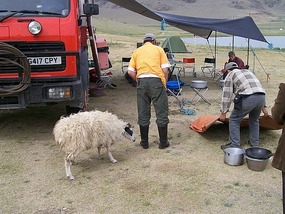
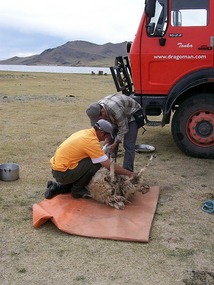
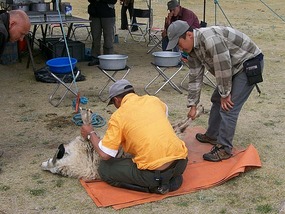
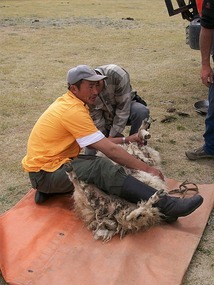




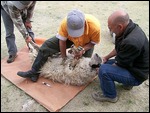
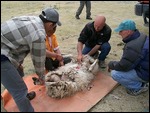
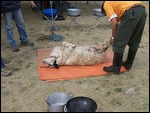
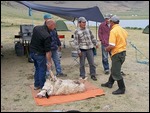
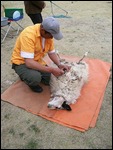
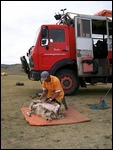
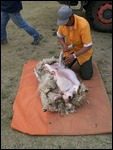
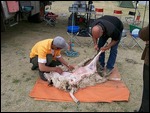
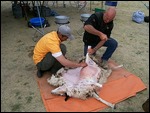
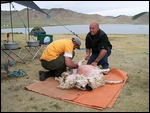
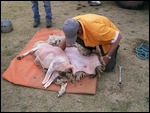
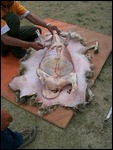
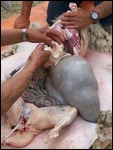
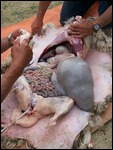

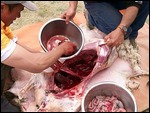
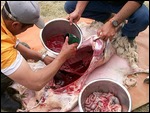
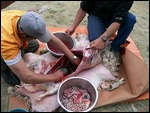


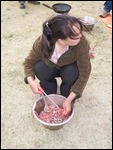
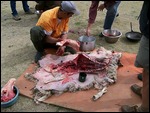
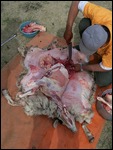
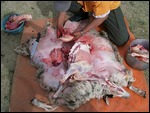
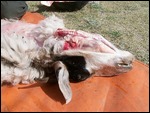

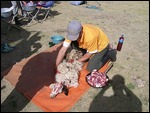
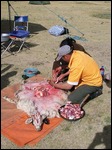
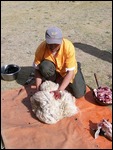
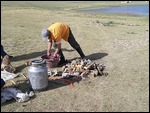
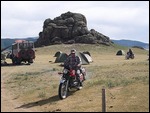

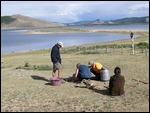
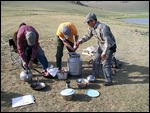
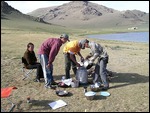
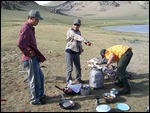
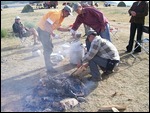
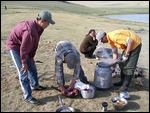
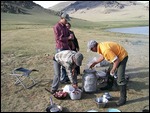
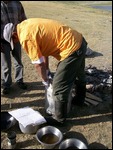
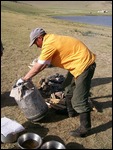
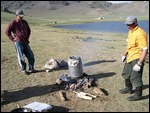
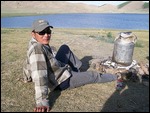
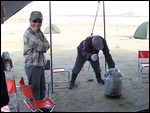

2025-05-23